Severs Disease
Updated:
(Also known as Calcaneal Apophysitis)
What is Severs disease?
The muscle group at the back of the lower leg is commonly called the calf. The calf comprises of 2 major muscles (known as the gastrocnemius and soleus) both of which insert into the heel bone via the Achilles tendon (figure 1).

In people who have not yet reached skeletal maturity, a growth plate exists where the Achilles tendon inserts into the heel bone. This growth plate is primarily comprised of cartilage. Every time the calf contracts, it pulls on the Achilles tendon which in turn pulls on the heel’s growth plate. When this tension is too forceful or repetitive, irritation to the growth plate may occur resulting in pain and sometimes an increased bony prominence at the back of the heel. This condition is called Severs disease. Severs disease is typically seen in children or adolescents during periods of rapid growth. This is because muscles and tendons become tighter as bones become longer. As a result, more tension is placed on the heel’s growth plate.
Causes of Severs disease
This condition most commonly occurs due to repetitive or prolonged activities placing strain on the heel’s growth plate, typically during a period of rapid growth. These activities (or sports) usually involve excessive walking, running, jumping or hopping. Severs disease may also be more likely to occur following a poorly rehabilitated sprained ankle, in patients with poor foot biomechanics or those who use inappropriate footwear. In young athletes, this condition is commonly seen in running and jumping sports, such as football, basketball, netball and athletics.
Signs and symptoms of Severs disease
Patients with Severs disease typically experience pain that develops gradually in the back of the heel or Achilles region. In less severe cases, patients may only experience an ache or stiffness in the heel that increases with rest (especially at night or first thing in the morning). This typically occurs following activities which require strong or repetitive contraction of the calf muscles, such as running (especially uphill) or during sports involving running, jumping or hopping. The pain associated with this condition may also warm up with activity in the initial stages of the condition. As the condition progresses, patients may experience symptoms that increase during activity and affect performance. Pain may also increase when performing a calf stretch or heel raise (i.e. rising up onto tip toes). In severe cases, patients may walk with a limp, have difficulty putting their heel down, or be unable to weight bear on the affected leg. Pain may also increase on firmly touching the affected region and occasionally a bony lump may be palpable or visible at the back of the heel. This condition typically presents gradually overtime and can affect either one or both lower limbs.
Treatment for Severs disease

Members Only ContentBecome a PhysioAdvisor Member to gain full access to this exclusive content. For more details see Become a Member. Already a member? Login Now
Prognosis for Severs disease
Severs disease is a self limiting condition that gradually resolves as the patient moves towards skeletal maturity. This usually takes between 6 to 12 months, but may persist for as long as 2 years. With appropriate management, symptoms may resolve in a number of weeks. Patients with Severs disease typically improve gradually over time and full function is restored.
Contributing factors to the development of Severs disease

Members Only ContentBecome a PhysioAdvisor Member to gain full access to this exclusive content. For more details see Become a Member. Already a member? Login Now
Physiotherapy for Severs disease

Members Only ContentBecome a PhysioAdvisor Member to gain full access to this exclusive content. For more details see Become a Member. Already a member? Login Now
Other intervention for Severs disease
Occasionally, a consultation with a podiatrist may be indicated to correct abnormal foot biomechanics and improve the condition. The treating physiotherapist can advise if this is required.
Exercises for Severs disease
The following exercises are commonly prescribed to patients with Severs disease. You should discuss the suitability of these exercises with your physiotherapist prior to beginning them. Generally, they should be performed 1 – 3 times daily and only provided they do not cause or increase symptoms.
Your physiotherapist can advise when it is appropriate to begin the initial exercises and eventually progress to the intermediate, advanced and other exercises. As a general rule, addition of exercises or progression to more advanced exercises should take place provided there is no increase in symptoms.
Initial Exercises
Calf Stretch with Towel
Begin this stretch in long sitting with your leg to be stretched in front of you. Your knee and back should be straight and a towel or rigid band placed around your foot as demonstrated (figure 2). Using your foot, ankle and the towel, bring your toes towards your head as far as you can go without pain and provided you feel no more than a mild to moderate stretch in the back of your calf, Achilles tendon or leg. Hold for 5 seconds and repeat 10 times at a mild to moderate stretch provided the exercise is pain free.

Resistance Band Calf Strengthening
Begin this exercise with a resistance band around your foot as demonstrated and your foot and ankle held up towards your head (figure 3). Slowly move your foot and ankle down against the resistance band as far as possible and comfortable without pain, tightening your calf muscle. Very slowly return back to the starting position. Repeat 10 – 20 times provided the exercise is pain free. Once you can perform 20 repetitions consistently without pain, the exercise can be progressed by gradually increasing the resistance of the band provided there is no increase in symptoms.
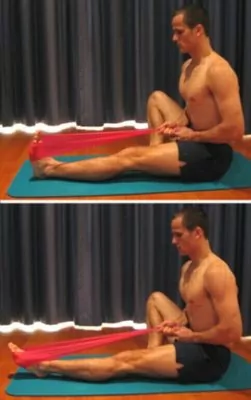
Bridging
Begin this exercise lying on your back in the position demonstrated (figure 4). Slowly lift your bottom pushing through your feet, until your knees, hips and shoulders are in a straight line. Tighten your bottom muscles (gluteals) as you do this. Hold for 2 seconds then slowly lower your bottom back down. Repeat 10 times provided the exercise is pain free.
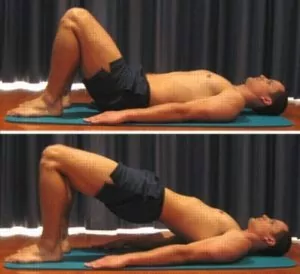
Intermediate Exercises

Members Only ContentBecome a PhysioAdvisor Member to gain full access to this exclusive content. For more details see Become a Member. Already a member? Login Now
Advanced Exercises

Members Only ContentBecome a PhysioAdvisor Member to gain full access to this exclusive content. For more details see Become a Member. Already a member? Login Now
Other Exercises

Members Only ContentBecome a PhysioAdvisor Member to gain full access to this exclusive content. For more details see Become a Member. Already a member? Login Now
Rehabilitation Protocol for Severs disease

Members Only ContentBecome a PhysioAdvisor Member to gain full access to this exclusive content. For more details see Become a Member. Already a member? Login Now
 Physiotherapy products for Severs disease
Physiotherapy products for Severs disease
Some of the most commonly recommended products by physiotherapist for patients with this condition include:
-
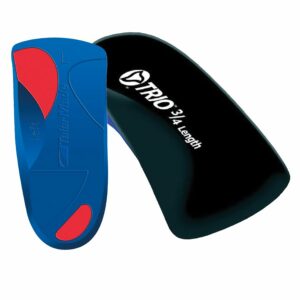 Talar Made TRIO Orthotics (3/4 length)
Talar Made TRIO Orthotics (3/4 length) -
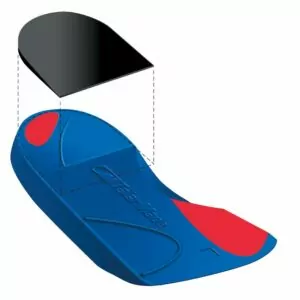 Heel Lifts (Elevators – Talar Made) (Pack of 5 Pairs)
Heel Lifts (Elevators – Talar Made) (Pack of 5 Pairs) -
 Forearm Crutches Adjustable – Standard Grip
Forearm Crutches Adjustable – Standard Grip -
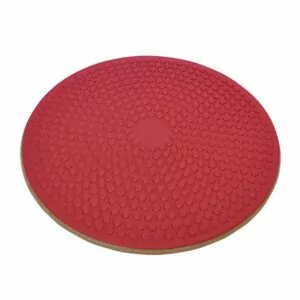 AllCare Wobble Board (Red – ACWOBRD)
AllCare Wobble Board (Red – ACWOBRD) -
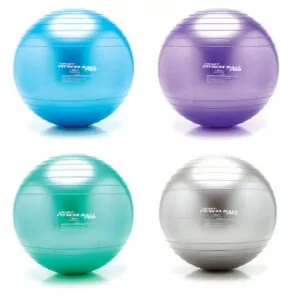 Fitness Ball Pro – Loumet
Fitness Ball Pro – Loumet -
 AllCare Tubing
AllCare Tubing -
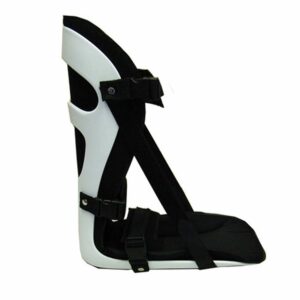 AllCare Ortho Night Splint
AllCare Ortho Night Splint -
 AllCare Spikey Massage Ball
AllCare Spikey Massage Ball -
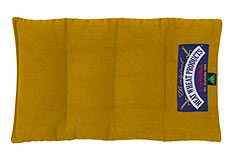 Heat Wheat Handy Pack
Heat Wheat Handy Pack -
 AllCare Instant Cold Pack (15 x 25cm)
AllCare Instant Cold Pack (15 x 25cm) -
 AllCare Foam Roller Round
AllCare Foam Roller Round -
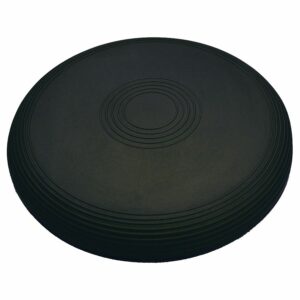 Lournet Stability Dura Disc
Lournet Stability Dura Disc
To purchase physiotherapy products for Severs disease click on one of the above links or visit the PhysioAdvisor Shop.
 Find a Physio for Severs disease
Find a Physio for Severs disease
Find a physiotherapist in your local area who can treat this condition.
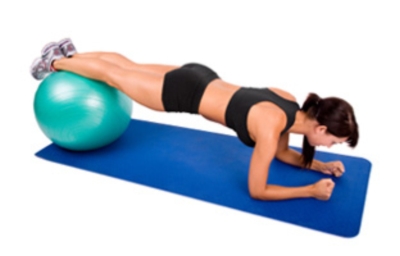 More Information
More Information
- Calf Flexibility Exercises.
- Calf Strengthening Exercises.
- Balance Exercises.
- How to use Crutches.
- Ice or Heat.
- R.I.C.E. Regime.
- Do I Need Orthotics.
- Choosing a Shoe.
- Returning to Sport.
- Returning to Running.
- Why is My Injury Not Improving?
- Achilles & Heel Diagnosis Guide.
Become a PhysioAdvisor Member
-
 Individual Membership (12 Months)$59.95 for 1 year
Individual Membership (12 Months)$59.95 for 1 year -
 Individual Membership (3 Months)$39.95 for 3 months
Individual Membership (3 Months)$39.95 for 3 months -
 Individual Membership (Yearly)$49.95 / year
Individual Membership (Yearly)$49.95 / year -
 Individual Membership (Monthly)$15.95 / month
Individual Membership (Monthly)$15.95 / month

Link to this Page
If you would like to link to this article on your website, simply copy the code below and add it to your page:
<a href="https://physioadvisor.com.au/injuries/achilles-heel/severs-disease”>Severs Disease – PhysioAdvisor.com</a><br/>We offer detailed physiotherapy information on severs disease including causes, signs and symptoms, diagnosis, treatment, exercises and more.
Return to the top of Severs Disease.
